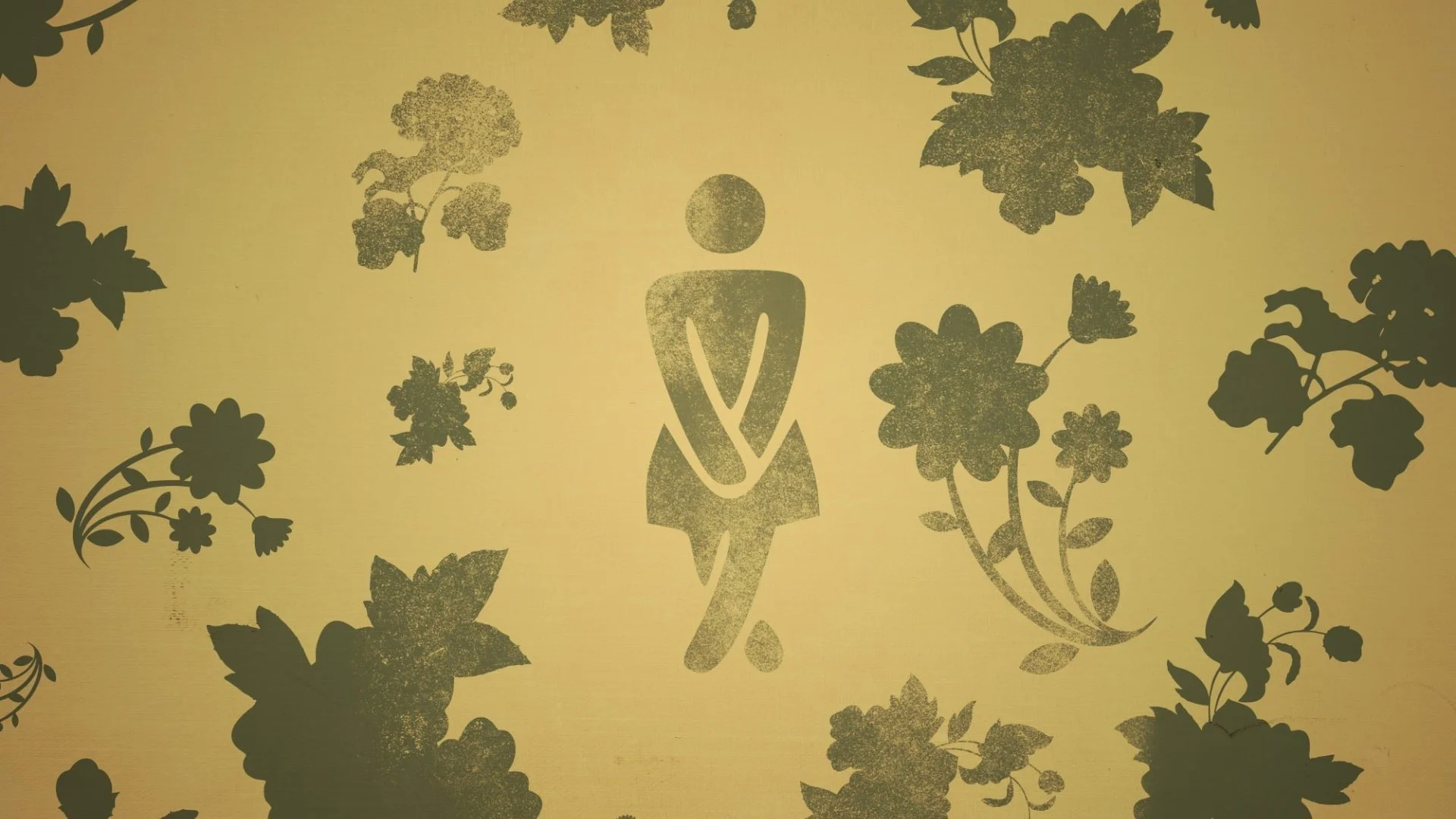BLADDER PREP FOR IVF
Worried about this full bladder thing?
Never fear. I’m here to help!
First off — why the heck do you even need a full(ish) bladder? Everyone knows a full bladder is not fun. But in this case it’s totally worth it.
A full(ish) bladder is going to help push your uterus into a more horizontal position* instead of more upright. This helps your IVF doctor have a straight shot to get the catheter into prime uterus real estate to put that embryo right where it belongs.
Also, a full(ish) bladder is a little bit like a weighted blanket to your uterus. It helps it chill out. If your uterus is a normal human uterus, a catheter being fished up into it is, well, not it’s favorite thing. So the full(ish) bladder helps it settle down and cramp less afterwards. Valium and acupuncture both help with this too.
* If your uterus is consistently retroverted (already tipped back towards your tailbone) then you won’t need any help from your bladder to line it up. You can ask your clinic if you need to drink water or not. Be sure to ask though because they might still prefer to play it safe. Not all uteri stay pinned in the same position, so you might be retroverted sometimes, and not others.
An empty(ish) bladder.
Nicole Lange
LICENSED ACUPUNCTURIST
HOLISTIC FERTILITY EDUCATOR
For 75% of women, when your bladder is almost empty your uterus is tipped forward making it harder for your doctor to insert the catheter.
A full(ish) bladder.
Once your bladder is full(ish), it can actually push your uterus up and back so your doctor can easily get the catheter right where it needs to be! Awww — so happy and cuddly.
A retroverted bladder.
For some women, the uterus is consistently tipped back towards their tailbone, which means you won't need help from your bladder to line everything up.
So what's with the ish?
You might have noticed I keep adding (ish) to the end of my fulls. That’s for a good reason.
A bladder that is too full isn’t necessary to get optimal uterine positioning. It is, on the other hand, very useful for feeling like you’re going to pee all over your doctor and spend what would otherwise be a very special moment of your big day focused on not peeing instead of, oh say, being pregnant until proven otherwise!?!
And a too full bladder also makes your uterus cramp more. Boo. That’s the opposite of what we’re going for!
So, clearly there’s a fine line between leg-crossing misery and the sweet spot of a calm and kink-free transfer. Unfortunately most women overshoot.
The good news is, if you do get too full, most clinics will let you go a little bit right before your transfer. The bad news is, they won’t let you do this until they check with an ultrasound first — and they’ll be in with other patients and won’t be able to check you until right before the transfer. This means you’ll still have to wait a while, and when they do check, they WILL press on your bladder to do the abdominal ultrasound and it feels not so great. You’ll still be very very happy to go a bit, but it’s better to hit your mark and not overfill in the first place.
Finding that sweet spot.
If you’re relatively well-hydrated, most women are about right if they:
Empty their bladder fully about 1.5 hours prior to transfer
Drink 8 ounces (literally 1 cup, not a giant bottle or glass ... just 8 ounces!) about 60 minutes prior to transfer
Then — unless you already really could go — most women should drink another 8 ounces 30 - 45 minutes prior to transfer. Remember, fluid takes about 20 minutes to get to your bladder. So if you drink fluids anytime after the 20 minutes to transfer time, it won’t show up before your transfer. Don’t bother!
You should feel like you could pee, but not desperately. Adjust your water up or down as needed.
Do a test run.
Every body is different and you don’t want to worry about it on your big day. So if possible, try it the weekend or even the night before! Do the above steps and see how much you actually “go.” A healthy full bladder can hold 1 - 2 cups of urine for a couple hours without feeling super uncomfortable. That’s ideal for transfer. If you do the above and barely anything comes out, drink more — you might be dehydrated — and try again if you have the time. If you go waaaay more than 1.5 cups, drink less.
What if my bladder is “small”?
When people say they have a small bladder it’s usually because their bladder nerves are overactive and send the message to pee even when they have only just begun to stretch a tiny bit. In this case, you have plenty of room to stretch further, so you have to really gauge the amount of urine that comes out and not just go by the sensation. The sensation won’t be accurate. Let your pee be your guide and know that you aren’t really overfull, you just have overactive nerves.
FYI, the way to strengthen your bladder and calm down your nerves (long-term) is to stretch your bladder bit by bit. Start by holding it for 10 minutes longer than you usually would before using the bathroom. When you get that down pat, add another 10 minutes. As the bladder muscles strengthen and the nerves get used to firing when they stretch a more reasonable amount (not just a tiny amount) you’ll be back to a healthy and happy relationship with your body.
Of course, if you have any medical reasons that are outside the “norm” such as diabetes, injury due to surgery, etc, be sure to talk with your doctor or see a specialist for help.
Nicole





